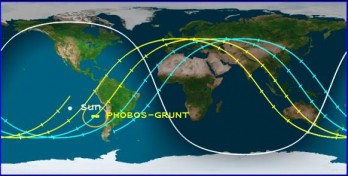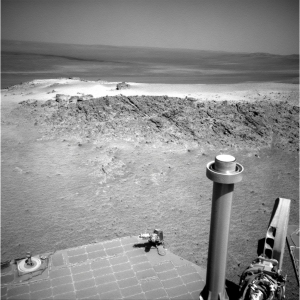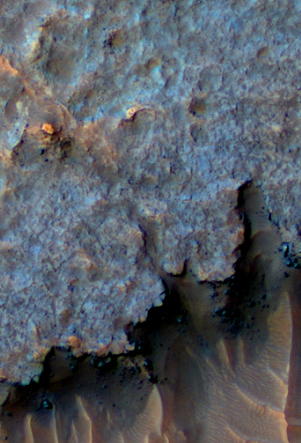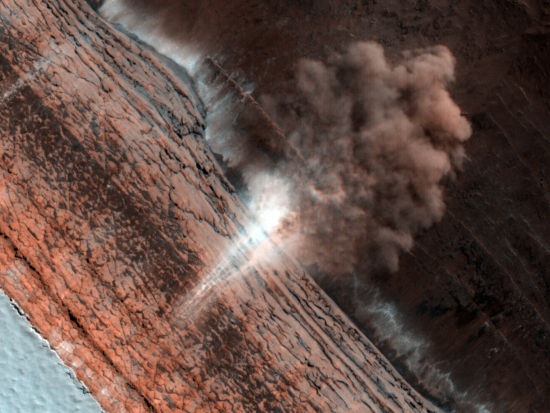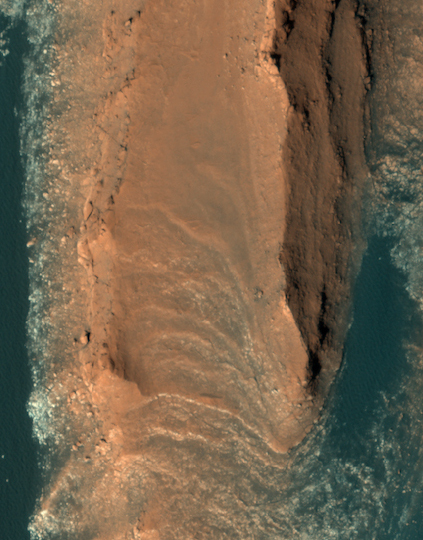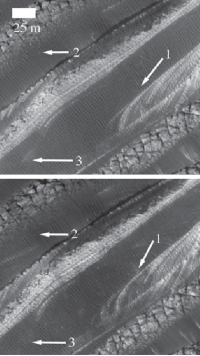
Images taken 1363 days apart.
In two different papers published in two different journals in the past month, scientists have concluded that — despite the thinness of the planet’s atmosphere — the dunes and sands of Mars are being continually shaped and changed by its winds. In both papers the data from which this conclusion was drawn came from high resolution images taken by the HiRISE camera on Mars Reconnaissance Orbiter.
What is especially interesting about this conclusion is that the climate models that had been developed for the Martian atmosphere, combined with wind measurements gathered by the various Martian landers, had all suggested that the kind of strong winds necessary to move sand were rare. To quote the abstract of the paper published on Monday in the journal Geology, Bridges, et al,
Prior to Mars Reconnaissance Orbiter data, images of Mars showed no direct evidence for dune and ripple motion. This was consistent with climate models and lander measurements indicating that winds of sufficient intensity to mobilize sand were rare in the low-density atmosphere.
Similarly, the second paper, Silvestro, et al, published on October 22 in Geophysical Research Letters, stated that
results from wind tunnel simulations and atmospheric models show that such strong wind events should be rare in the current Martian atmospheric setting.
Yet, both studies found significant evidence that such winds do occur on Mars, and are moving sand in many different places.
» Read more

